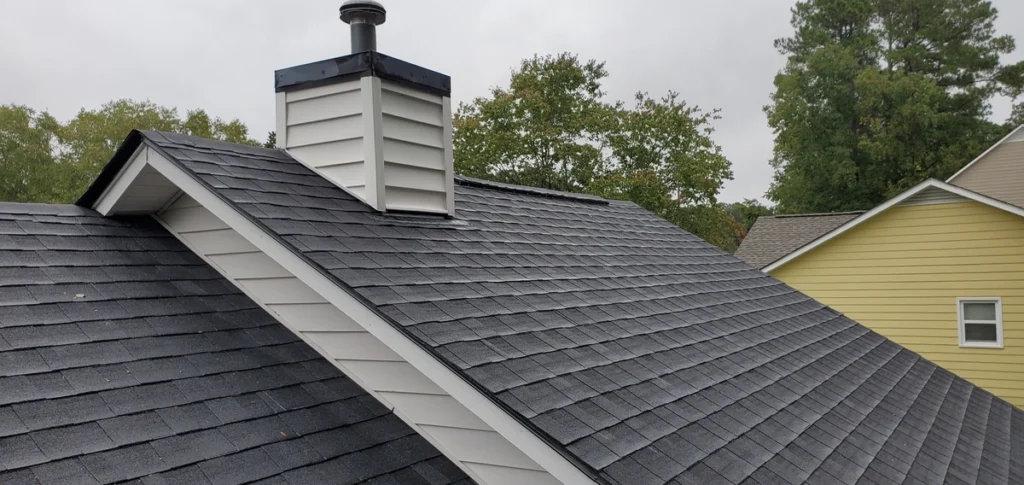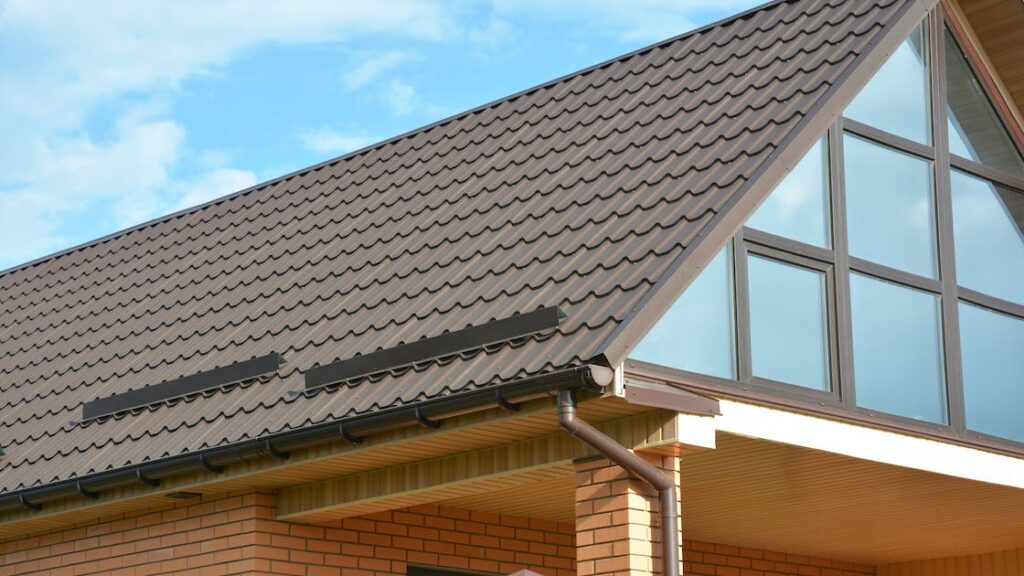Your roof is a vital part of your home’s structure, shielding you from the elements and ensuring comfort and safety. Over time, however, even the most well-maintained roofs can begin to show signs of wear and tear. Knowing when it’s time to reroof can save you from costly damage and protect your home for years to come. This guide explores the key indicators that suggest your roof may need replacement and why addressing these issues promptly is essential.
Recognizing the Impact of Age on Your Roof
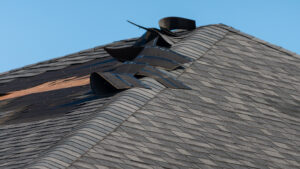 The age of your roof is one of the most significant factors in determining whether replacement is necessary. Asphalt shingle roofs, for instance, typically last 20 to 30 years, while metal and tile roofs can endure much longer. If your roof is approaching or has surpassed its expected lifespan, it’s wise to have a professional inspection. Even if it appears intact from the ground, aging materials are more prone to failure under stress from weather or temperature changes.
The age of your roof is one of the most significant factors in determining whether replacement is necessary. Asphalt shingle roofs, for instance, typically last 20 to 30 years, while metal and tile roofs can endure much longer. If your roof is approaching or has surpassed its expected lifespan, it’s wise to have a professional inspection. Even if it appears intact from the ground, aging materials are more prone to failure under stress from weather or temperature changes.
Examining Visible Signs of Damage
Cracks, curls, or missing shingles are clear indicators that your roof may no longer provide adequate protection. Damaged shingles allow water to penetrate, leading to leaks and rot. Additionally, sagging areas on your roof suggest underlying structural issues, often due to prolonged water damage. The presence of moss or algae growth can also be a warning sign. While these growths may seem minor, they can retain moisture, accelerating the deterioration of roofing materials.
Observing Interior Warning Signs
Sometimes, the need for a roof replacement isn’t immediately visible from the exterior. Inside your home, water stains on ceilings or walls can signal a failing roof. These stains often indicate leaks that have penetrated the roofing material and underlayment. Peeling paint, damp spots, or even mold growth in your attic or upper floors are additional clues that your roof may no longer be watertight.
Assessing the Cost of Repairs Versus Replacement
When issues arise, homeowners often face the decision of whether to repair or replace the roof. While repairs can address isolated problems, extensive damage or repeated repairs can make replacement a more cost-effective option. A professional assessment can provide clarity, helping you weigh the long-term benefits of a new roof against the short-term savings of a patchwork solution.
Considering Energy Efficiency and Aesthetic Appeal
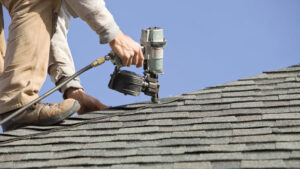 An old or damaged roof can impact more than just the safety of your home; it can also affect energy efficiency. A roof that no longer insulates effectively can result in higher heating and cooling costs. Additionally, replacing your roof provides an opportunity to enhance your home’s appearance and increase its value. Modern roofing materials offer a variety of colors and styles to complement any architectural design, making reroofing an investment in both function and curb appeal.
An old or damaged roof can impact more than just the safety of your home; it can also affect energy efficiency. A roof that no longer insulates effectively can result in higher heating and cooling costs. Additionally, replacing your roof provides an opportunity to enhance your home’s appearance and increase its value. Modern roofing materials offer a variety of colors and styles to complement any architectural design, making reroofing an investment in both function and curb appeal.
Taking Action for a Secure and Durable Home
If you suspect your roof may need replacement, delaying action can lead to more severe problems. Consulting a professional roofing contractor for an inspection is a crucial first step. They can provide expert advice tailored to your home’s specific needs, ensuring you make an informed decision about reroofing.
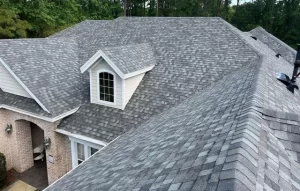 Asphalt shingles are a type of roofing material known for their versatility and cost-effectiveness. Made from a fiberglass or organic mat coated with asphalt and topped with ceramic granules, they offer weather resistance and a variety of design options. Asphalt shingles are divided into two primary categories: three-tab shingles and architectural shingles. While three-tab shingles are thinner and provide a uniform look, architectural shingles offer added thickness and dimension for a more luxurious appearance.
Asphalt shingles are a type of roofing material known for their versatility and cost-effectiveness. Made from a fiberglass or organic mat coated with asphalt and topped with ceramic granules, they offer weather resistance and a variety of design options. Asphalt shingles are divided into two primary categories: three-tab shingles and architectural shingles. While three-tab shingles are thinner and provide a uniform look, architectural shingles offer added thickness and dimension for a more luxurious appearance.
